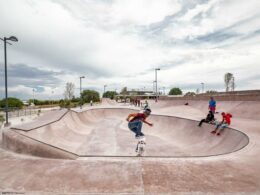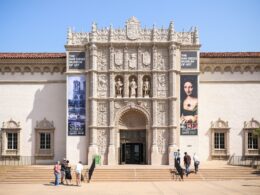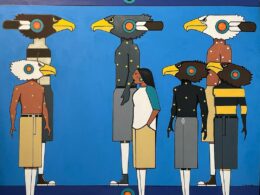Ciudad Juárez, along with El Paso and New York, shared the space to witness the creation of a cross-border mural, a fusion of art and social awareness about the lives of migrants who are victims of deportation.
In an effort to weave a meaningful dialogue about the experience of migration and deportation, Ciudad Juárez, El Paso, and New York witnessed the creation of the “Paso del Norte Mural Project.”
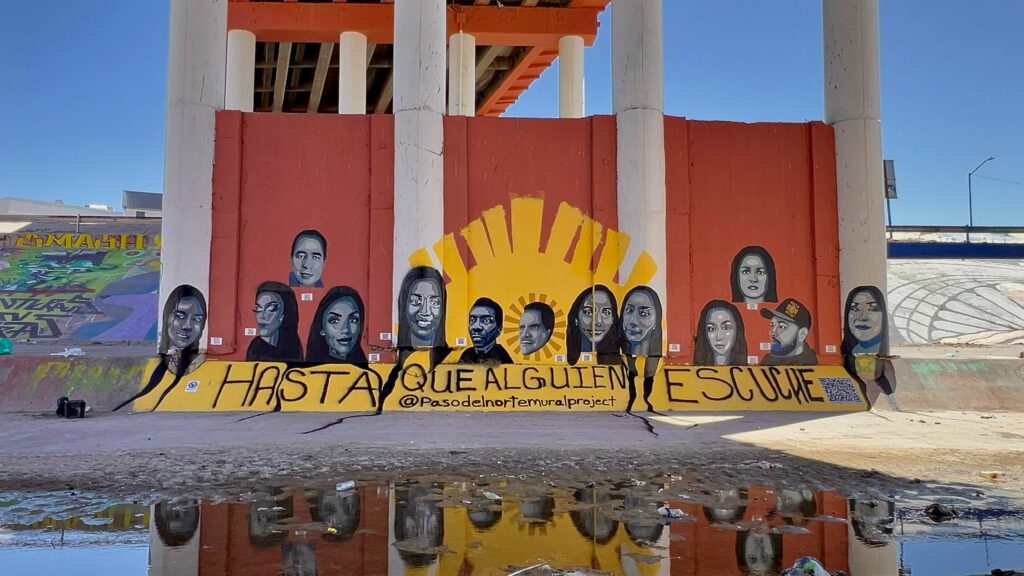
The project was led by PhD. Lizbeth de la Cruz Santana, an artist and academic. Thanks to her work and that of many others, the mural was able to represent 13 portraits of people from different nationalities who have been victims of deportation.
Each portrait shared different stories about how deportation irrevocably altered the lives of these individuals, offering an intimate view of the experiences of those affected by this phenomenon.
Digital narratives in the mural
More than an artistic project, the “Paso del Norte” mural is a movement that attempts to narrate the lives of migrants, an exercise in understanding and empathy for the migration phenomenon that affects thousands of people worldwide.
“The Paso del Norte is not just a mural… It is a movement, a call for empathy, understanding, and meaningful dialogue. In a world often defined by barriers, this project is a testament to the power of storytelling and art to weave a conversation centered on deportation through the knowledge of migrants,” said Lizbeth De La Cruz Santana.
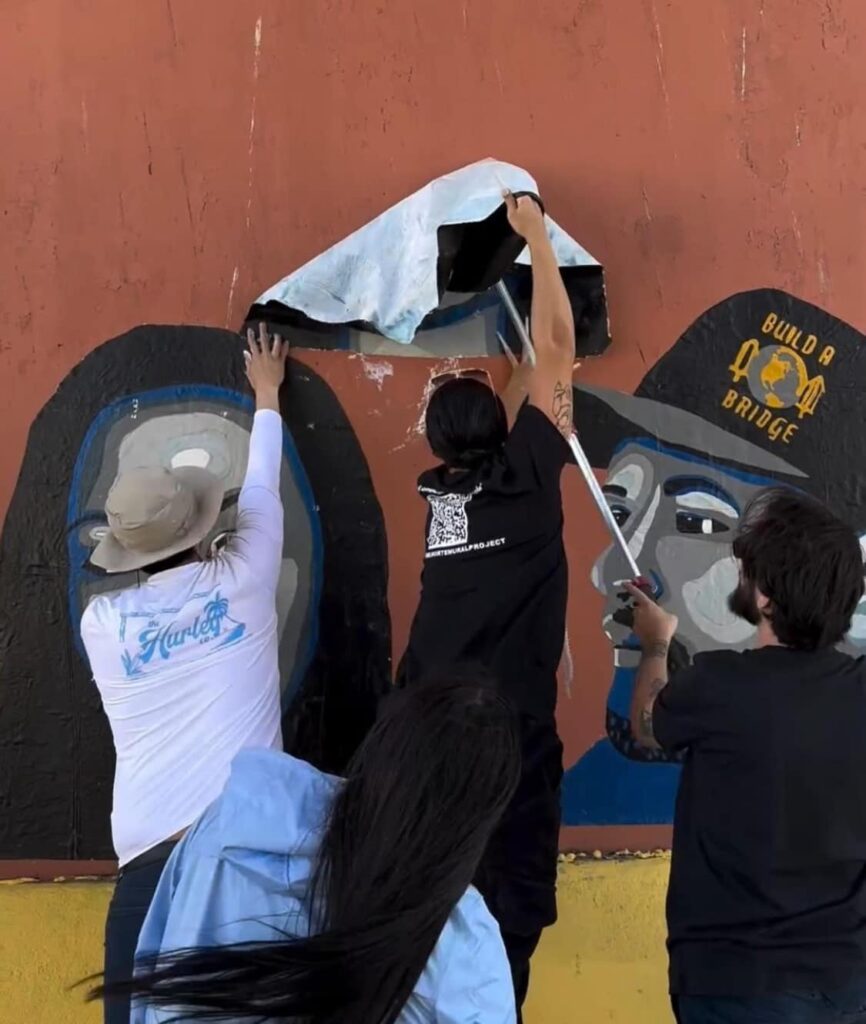
Using digital storytelling techniques, this project allowed migrants to tell their stories in their own words and from their own perspectives.
Each mural portrait includes a QR code that links viewers to intensive multimedia narratives, offering a deep look into the lives of those impacted by deportation in North, South, and Central America.
A collaborative project of impact
The 13 portraits of the mural were painted by students from Baruch College in New York, under the supervision of PhD. De la Cruz Santana, and were exhibited on May 2 in a symbolic border-crossing ceremony at the Black Bridge in Ciudad Juárez, Chihuahua.
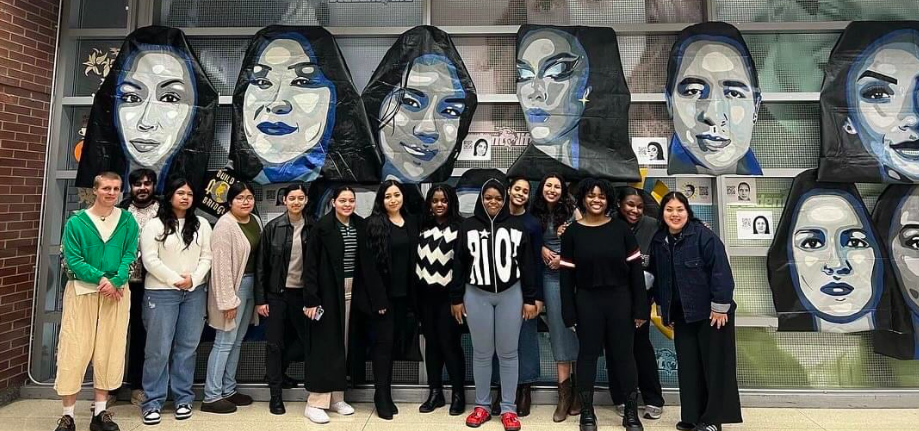
The “Paso del Norte Mural Project” was made possible through funding from the Department of Chicanx and Latinx Studies at Baruch, with additional support from various non-profit organizations.
The financial support allowed for the installation of the murals in different locations and the organization of events to amplify these life stories.
Connecting the viewer with the migration issue
The videos, lasting five to six minutes, which can be played via the QR codes provided in each portrait, give narrators the opportunity to share their personal experiences authentically.
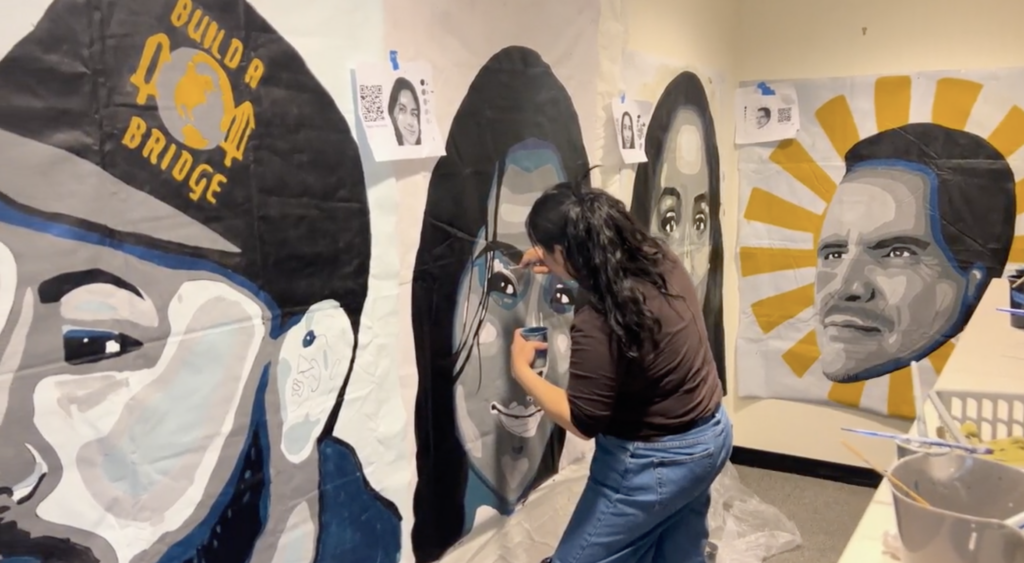
By playing the videos, mural viewers can witness the stories that are integrated into a community archive, where narrators are the authors and directors of their own videos.
An important effort for migration support
“The Paso del Norte” not only seeks to highlight individual stories but also underscores the importance of understanding and supporting the issue of deportation and forced migration.
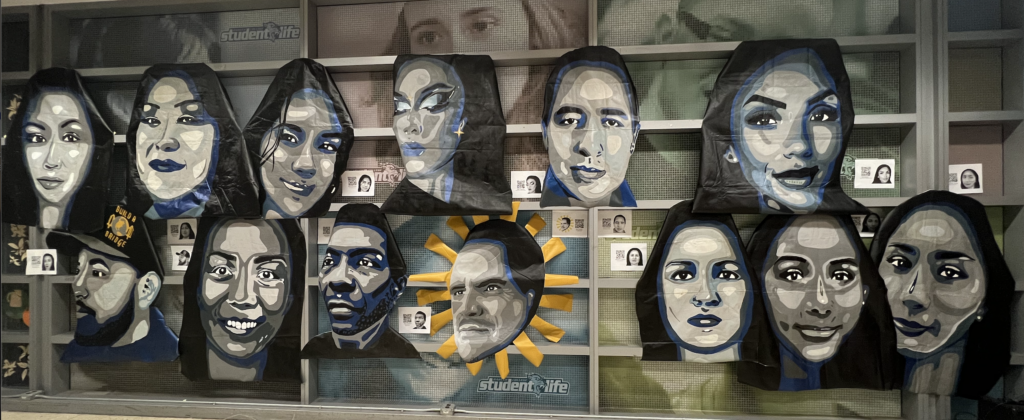
The mural represents a significant effort for empathy in an increasingly divided world marked by borders. By integrating digital narratives and visual art, this project aims to generate change and promote meaningful dialogue about the migration issue.








